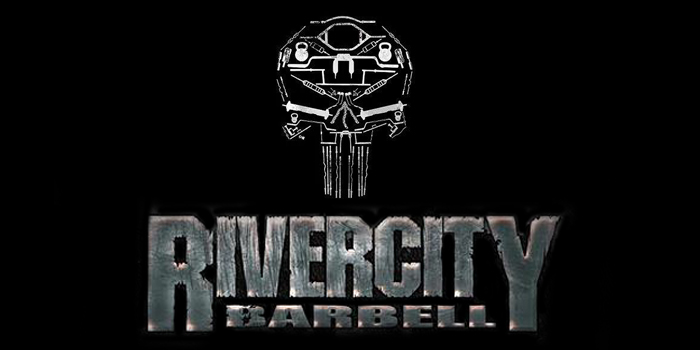
RiveryCity Barbell is a private powerlifting facility located in Newport Kentucky. We are nowhere near a Fortune 500 Company, and we don’t have the legacy or accolades of a Big Iron or Westside Barbell. We have done well for ourselves, but we certainly don’t have all the answers. We have produced a good handful of elite and pro lifters, and we have gotten success from raw to multiply and from junior to master’s class. From a business standpoint, we have been able to support a lot of growth without a lot of personal investment. I want to tell our story to help others with similar goals to achieve their dreams.
Back Story
RiverCity Barbell started as most such gyms do, in a two-car garage owned by my training partner Jason. At the onset, we were allowed half of the space, and his wife was to park her car on the other half. This allowed us room for a power rack, portable bench, a few dumbbells and plates, and a couple of bars. At the time, Jason was bench only and I competed full power, but he would train with me in all three lifts even though he only competed at one. Little by little, we added a piece here and there, from a glute ham, to a sled and prowler, to a monolift attachment for the rack, and eventually a reverse hyperextension. It wasn’t long before his wife allowed us to take on the rest of the garage, and at this point we started looking for more training partners.
I had been out of commercial gyms for a few years by this point, so looking for training partners wasn’t the easiest of things to accomplish. We would ask around at meets, but most people lived too far away or already had a gym. On a whim, I decided to run a Craigslist ad under the sporting for-sale category looking for powerlifters. I got a few responses but nobody really wanted to commit, until Jim Phillips entered the picture.
Jim was the poster child for powerlifting, already benching 405 for reps raw at around 300 pounds bodyweight out of a commercial gym on pure genetics. Jim came in with no knowledge of powerlifting, but he did have a lot of drive and willingness to learn, and a lot of business sense. Jim started training full time with us right away, and not only did our lifts get bigger and bigger, but so did our business goals. It quickly became clear that while the two-car garage met our needs at that point, it wouldn’t be a good long term solution for what we wanted to accomplish.
Fast forward three years from that point, and we have gone from a two-car garage with three training partners, to an 800 square-foot warehouse space with five training partners, to a 3500 square-foot facility with upwards of 40 members. We’ve gone from one power rack to three. We currently have three monolifts, two deadlift platforms and three competition benches. Dumbbells up to 150lbs, any bar you can think of, and a whole room full of accessory machines. All of this with very little out-of-pocket investment. How did we do it?
RELATED: Rick Razzano's Pain Train Fitness
Defining the Business
The answer is, it took a lot of effort from a lot of people and some solid decision making along the way. I’ll get into some of the logistics later on, but I will preface with this: If your primary motivation for opening a warehouse gym is profit, read no further. The harsh reality is that very few private gyms ever reach the point of profitability. For Jim and myself, the goal was selfish: to create a top notch training facility for us to use. To be able to support that, we knew we needed members to help to cover the overhead. As we started to bring new members on board, we quickly realized that passing on our knowledge and helping people to improve themselves was a huge driver for us as well. Improving the experience for our lifters will always be the primary goal of RiverCity Barbell. Before we take any profit out, we must first ensure that we have all the right tools for our lifters, and there is always maintenance and upkeep on the equipment. For both of us, powerlifting is a hobby and a passion, and we both have full time jobs outside of running the gym. This gives us an edge that a lot of gym owners don’t have, as we have reinvested every dollar of revenue we made (and sometimes a lot more until we could pay ourselves back) into the gym. For most private gyms, it’s going to be very hard to become profitable for the first several years, if ever. If you don’t love what you do and take a lot of passion and fulfillment from the journey, it will be hard to justify the time (and money) spent.
Major Takeaways
Build very slowly and carefully, and keep your overhead at a minimum. For basic equipment items, look for deals at auction, on Craiglist, or from local highschools that are upgrading. For powerlifting specific items (bars, benches, racks, bands) we shop elitefts and have always been very satisfied. We try to buy quality with the intention of never replacing — exactly what you get from elitefts. Make sure that all of your equipment meets the standards for the meets that your athletes will compete in.
Look for an opportunity to sub-lease space, and only lease what you can afford to support at that time. Never assume that growth will happen when you take on a new space, always assume worst case scenario; that you will have to come out of pocket to cover any gap between current revenue and the lease. Only expand when it is a necessity and you can afford it. Also, make sure the space you take on is your own and not shared with any other businesses. I’ll never forget the time we had to cancel a squat session because our landlord wanted to turn the gym into a club for the evening.
RELATED: Austin Simply Fit Pushes Expansion, Multiplies Clientele
Invest in client management software once you start to get beyond 8-10 members. It does add additional cost, but it eliminates a lot of headaches for the management and the members. We use FrontDesk and have had a very good experience, although a lot of other options are available as well. The monthly debit is critical, as very few people carry cash any longer, and it makes the book keeping much more simplistic.
From a culture standpoint, make sure your core group is invested fully in the goals and vision of the gym. When I say core group, I’m referring to the unspoken leaders. These are usually some of the strongest, most tenured, most experienced lifters. When these people speak, others will stop what they’re doing to listen. If your core group doesn’t put weights back, nobody else will either. If they don’t embrace and coach new lifters, neither will anyone else. If they are the last to pay dues or don’t pay at all, others will follow this lead. Be selective on the company you keep and the culture you create. Members will be spending a lot of time within these walls, and they must respect the equipment, the facility, and each other.
The progress that your lifters make is directly correlated to the growth of the gym. Make sure you have resources in place to coach lifters at every level, and be open to people with no prior experience. Private gyms spread mostly by word of mouth, and the more progress members make, the more likely they are to tell their friends. Success breeds more success, and PRs are contagious. A good gym should have a certain kind of energy that you feel the moment you walk into the door.
It's Worth It
Owning a private gym can be a very rewarding endeavor, and I have loved every second of it along the way. I have met some great people, and most if not all of our members would consider the gym a family. With the spread of the corporate gym chains, a lot of the knowledge and practices of the past have been lost, so it’s nice to have our own sanctuary where we can chart the direction. After 3 years, I feel like we are just getting starting, and I can’t wait to see what the future holds for RCBB.
elitefts Equipment at RiverCity Barbell
- Standard Rack
- Texas Deadlift Bar
- 0-90 Bench
- Bands
- Chains
- Blast Straps
- Glute-Ham Raise
- Kettlebells
- Chain Holders
Zac Whalen has been ranked in the top 10 nationally for each of the last 4 years in the 220lb weight class. His best lifts in competition are 865 Squat, 625 Bench Press, and 685 Deadlift for a 3 lift total of 2175. In 2012, he co-founded RiverCity Barbell in Newport KY. The gym’s goal is to empower our members to master the technique needed to safely and effectively perform the movements, and eventually evolve to be able to coach other lifters on how to do the same.









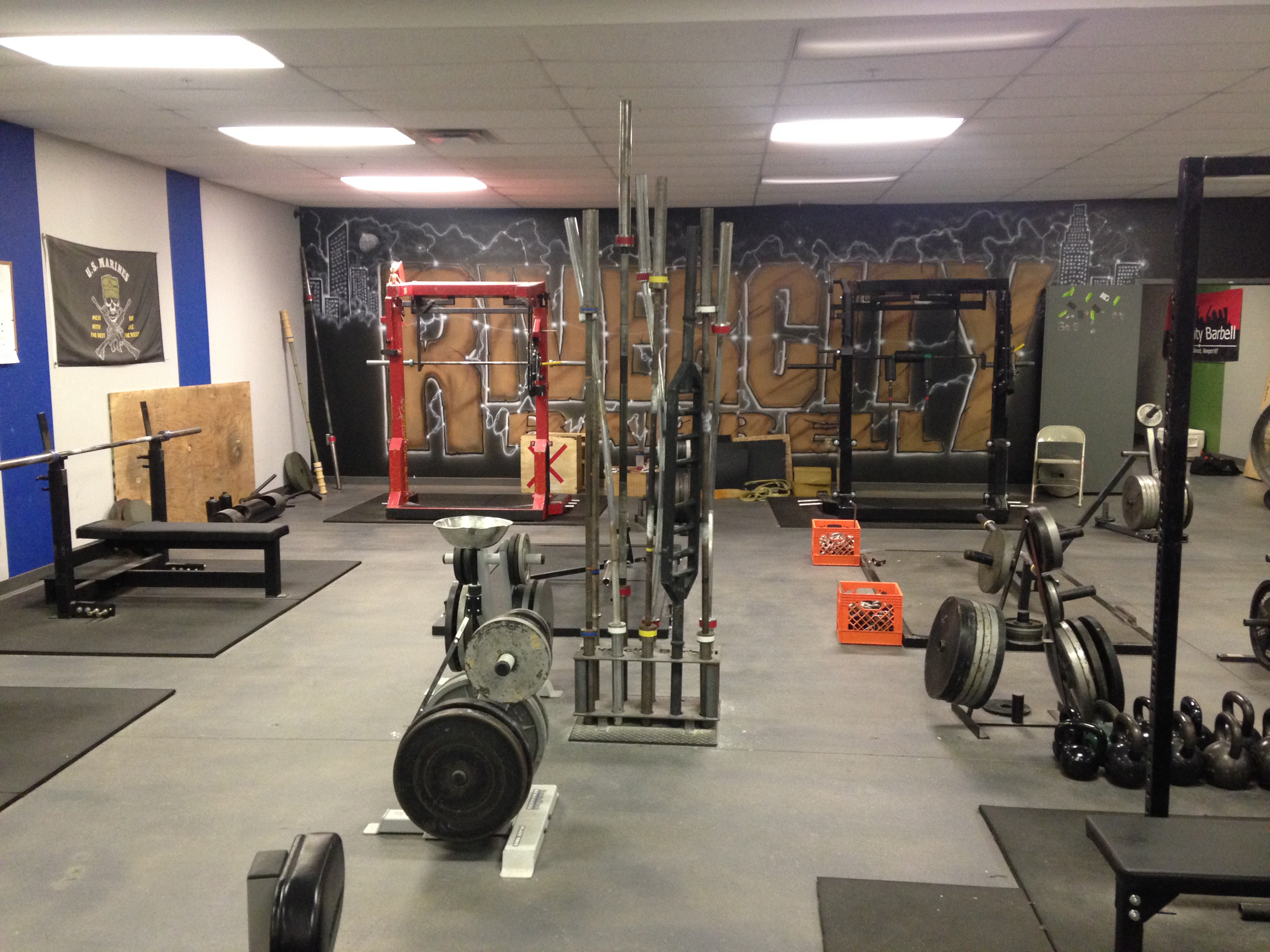
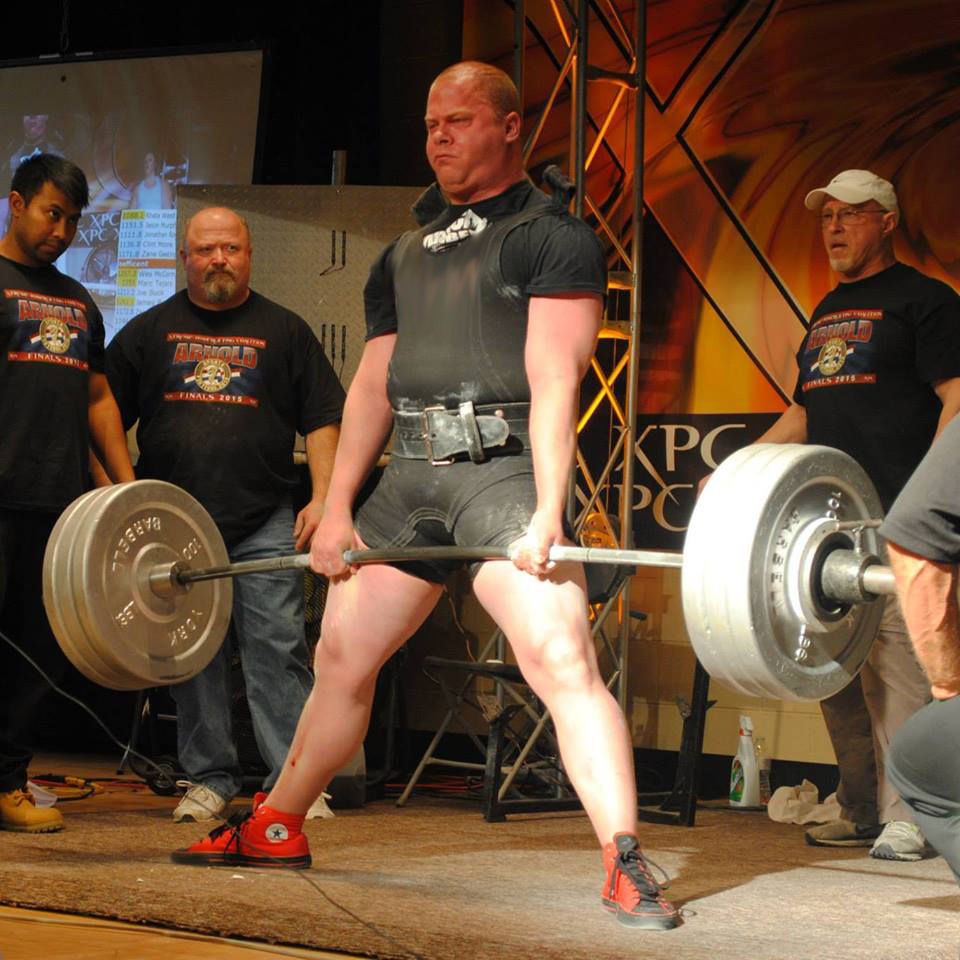
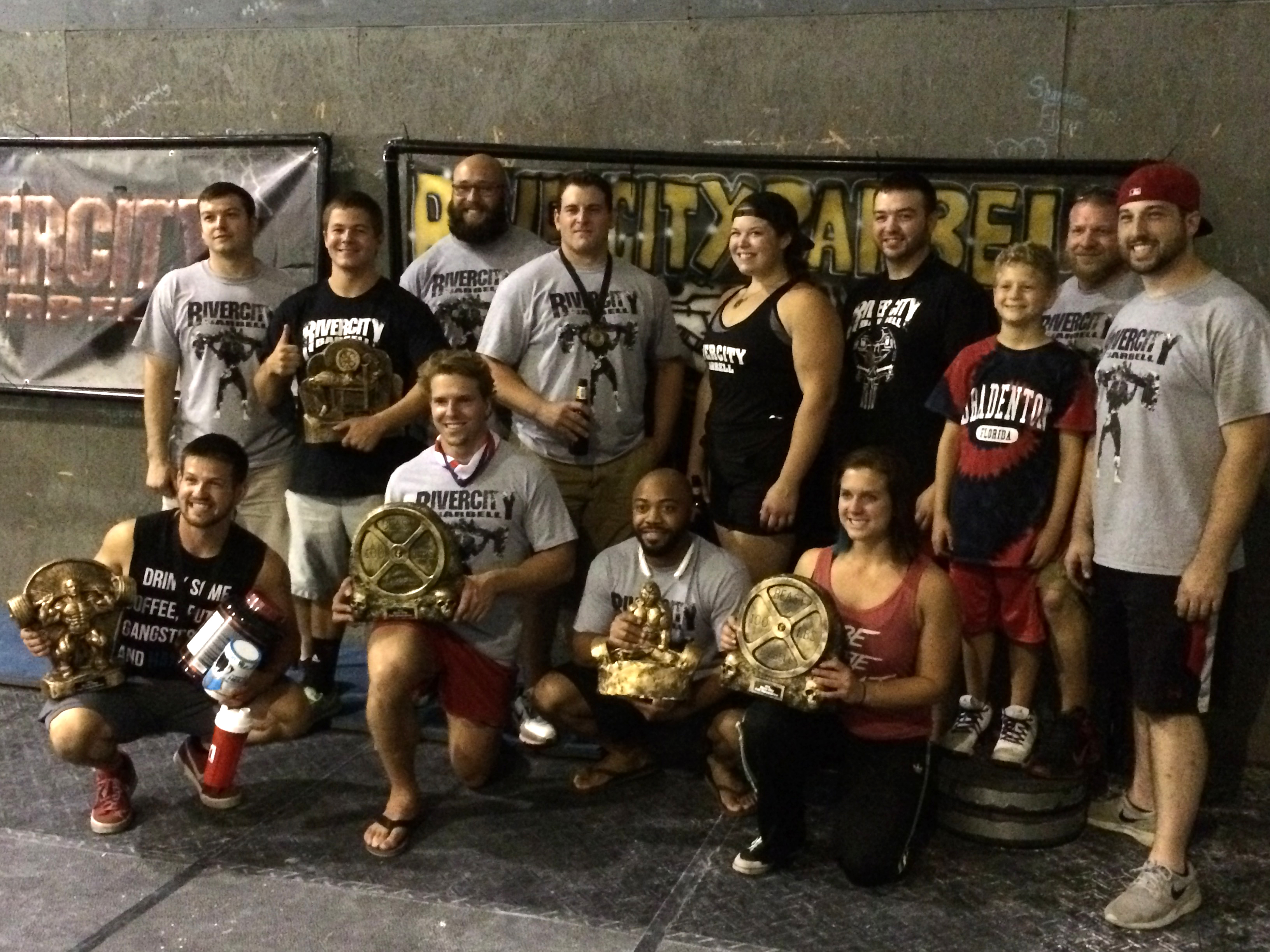
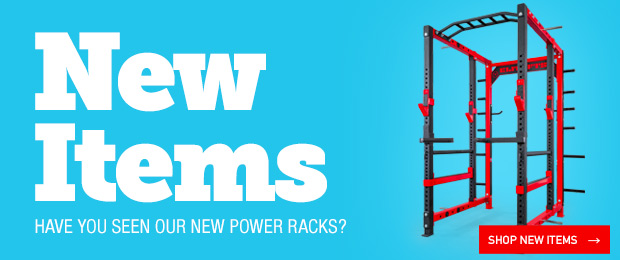
1 Comment